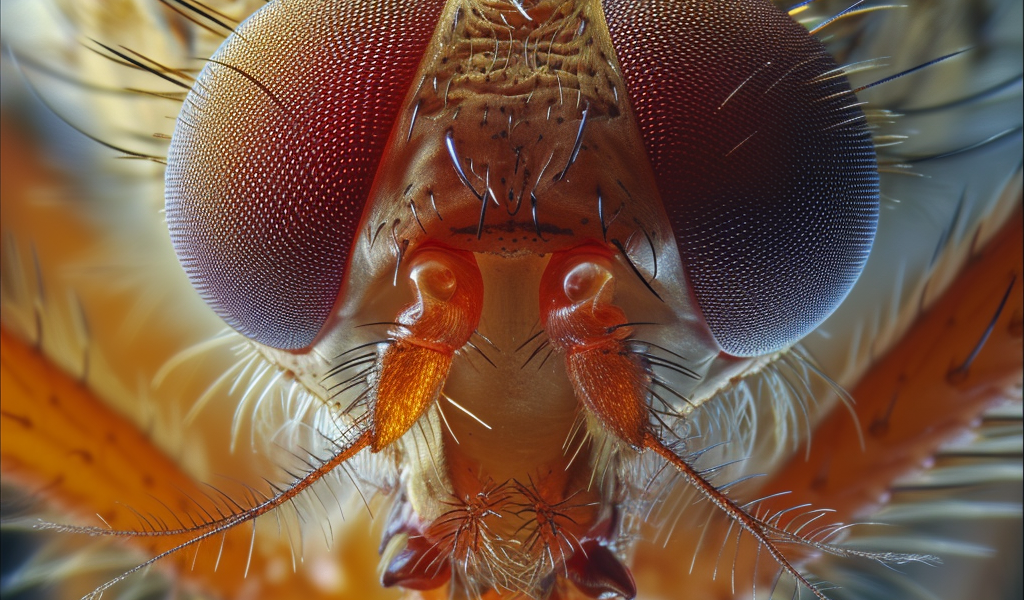The Evolution of Chemosensory Tissues and Cells Across Ecologically Diverse Drosophilids
A recent study published in Nature Communications has shed new light on the evolution of chemosensory tissues and cells in Drosophila species. The research, conducted by Gwénaëlle Bontonou, Bastien Saint-Leandre, Tane Kafle, Tess Baticle, Afrah Hassan, Juan Antonio Sánchez-Alcañiz, and J. Roman Arguello, delves into the variability of chemosensory tissues among different species and the underlying genetic and cellular mechanisms.
The study involved transcriptomic analyses of five chemosensory tissues from six Drosophila species, which were then integrated with single-cell datasets. The findings revealed that while stabilizing selection predominantly shapes chemosensory transcriptomes, thousands of genes in each tissue have evolved expression differences. Notably, genes that have changed expression in one tissue have often changed in multiple other tissues but at different past epochs, and are more likely to be cell type-specific than unchanged genes.
One of the significant findings of the study is the widespread expression changes observed in chemosensory-related genes, with numerous species-specific gains/losses, including novel chemoreceptor expression patterns. Additionally, the research highlighted pervasive sex differences, including a D. melanogaster-specific excess of male-biased expression in sensory and muscle cells in its forelegs.
The study provides new insights into understanding evolutionary changes in chemosensory tissues at both global and individual gene levels. The research not only contributes to our understanding of the variability in chemosensory tissues across species but also sheds light on the genetic and cellular mechanisms underlying these variations.
References:
1. Bontonou, G., Saint-Leandre, B., Kafle, T., Baticle, T., Hassan, A., Sánchez-Alcañiz, J. A., & Arguello, J. R. (2024). Evolution of chemosensory tissues and cells across ecologically diverse Drosophilids. Nature Communications, 15(1047).





